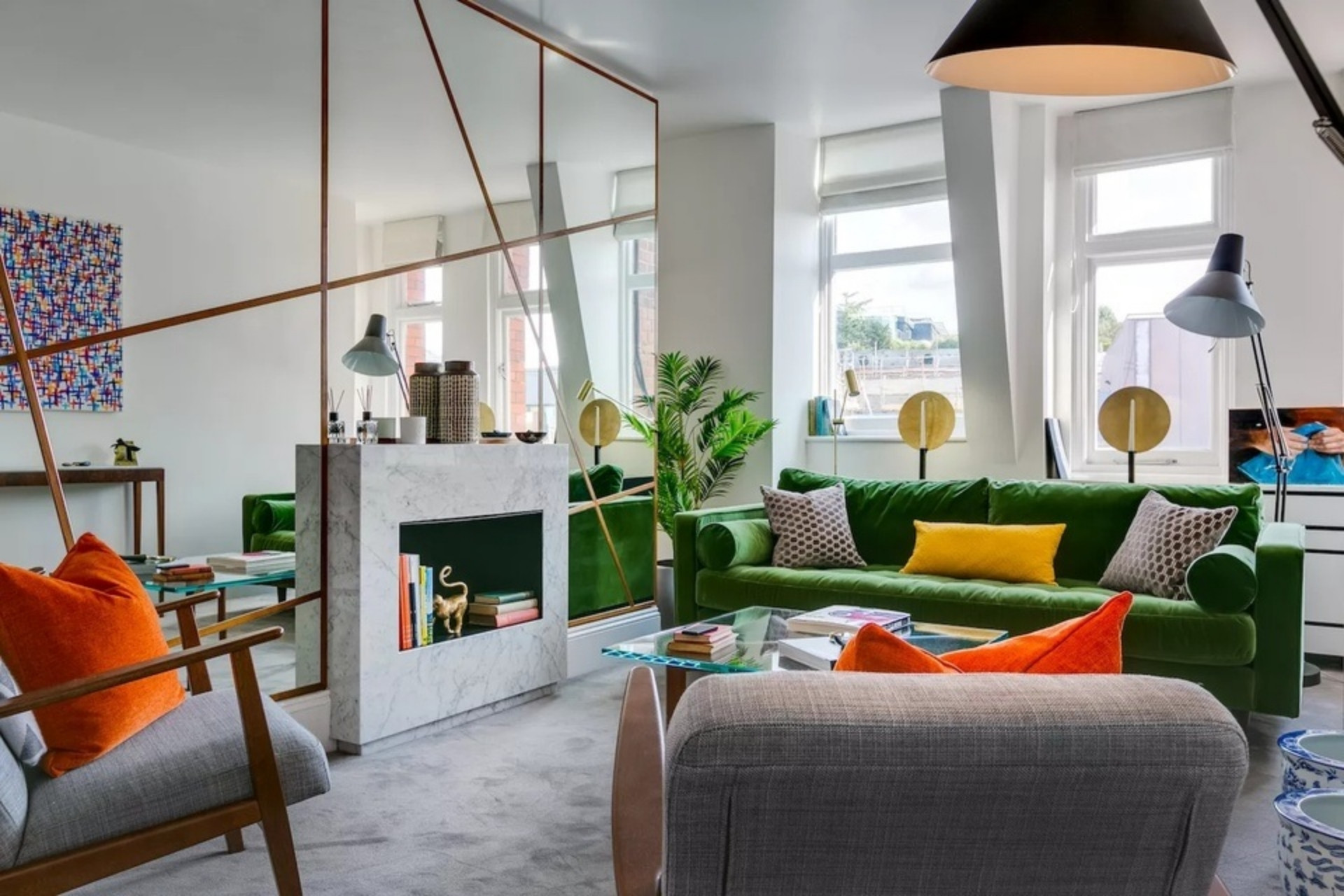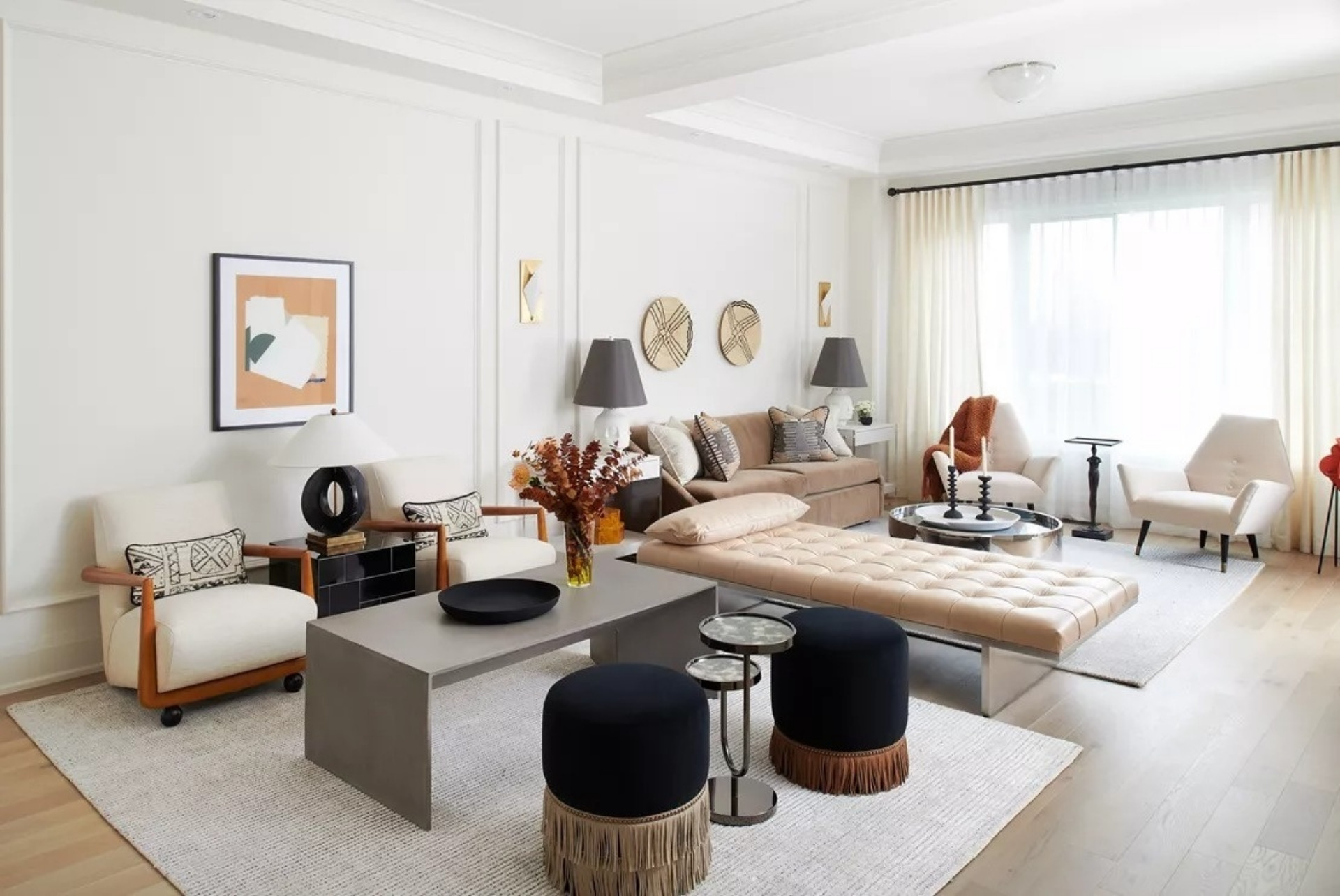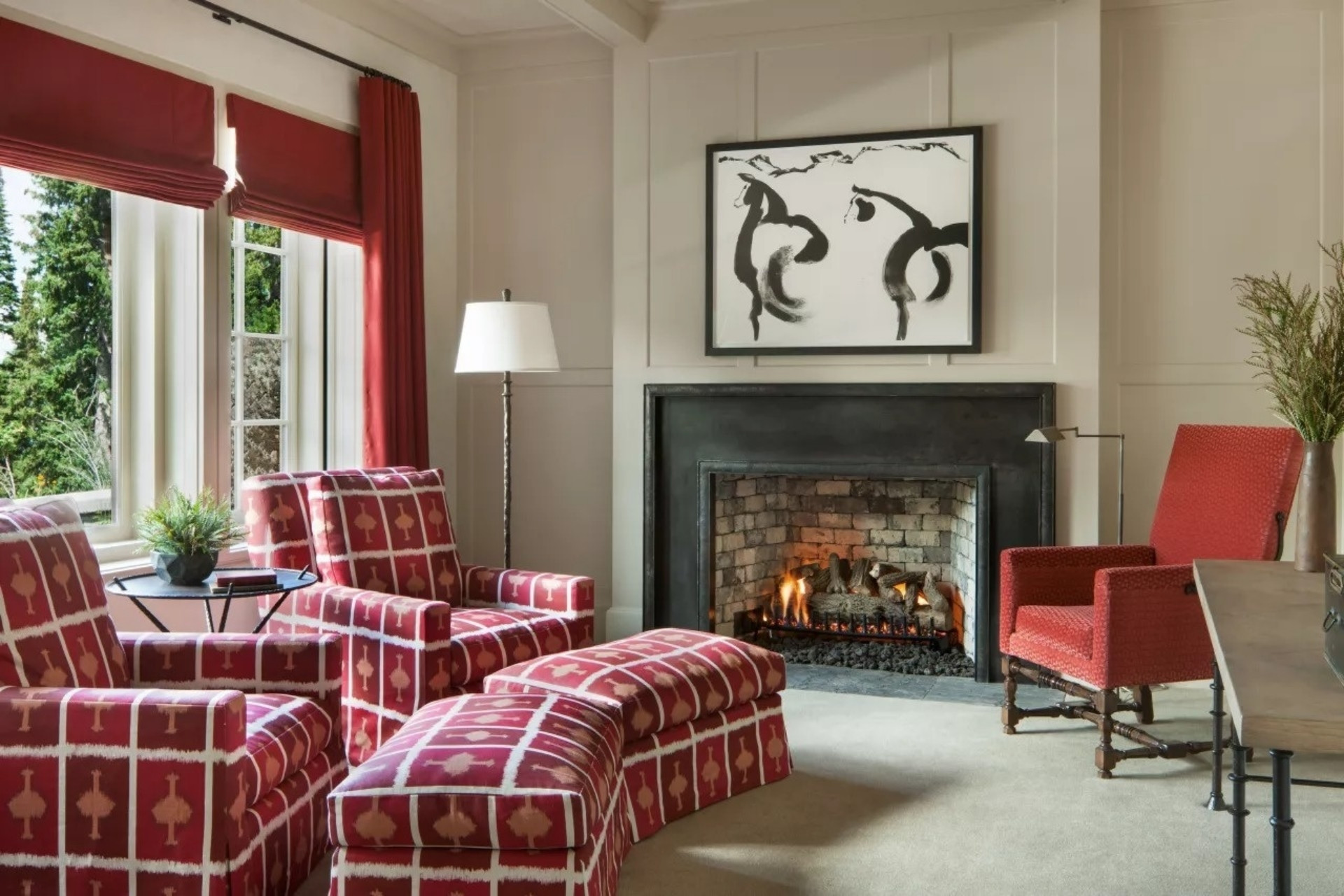When it comes to the living room, the placement and design of chairs, benches, and sofas play a crucial role in creating a harmonious and aesthetically pleasing space. Many people believe that these furniture pieces should match in terms of colors and lines.

However, according to Homes and Gardens, the introduction of new interior styles such as eclectic and Mid-century has challenged this notion. Nowadays, living room furniture doesn’t necessarily have to match as a set.
Embracing Diversity
Instead of buying ready-made furniture sets, you can create a more vibrant and dynamic living room by combining furniture with complementary or contrasting lines, colors, and textures.
Lucy Searle, the editor-in-chief of Homes and Gardens magazine, suggests that while the furniture may not match perfectly, it should still harmonize with the overall look of the space. This can be achieved by considering the style of the house or opting for a common theme such as a consistent wood color.
Creating a Mix of Mismatched Furniture
The color scheme of the room will dictate the color of the furniture. For instance, in a room dominated by gray tones with yellow and black accents, a gray sofa can be chosen. The benches, rugs, and decorative pillows can then have varying shades of yellow.

Another approach is to identify common elements between the furniture pieces to create cohesion. Many homeowners opt to place benches with the same style and color next to each other, while others look for furniture with similar shapes and proportions. Paying attention to the lines and materials of the furniture can also help in making suitable choices.
It’s important to have at least one standout furniture piece that becomes the focal point, such as placing a wire bench next to a soft fabric sofa.

Creating contrast between the furniture pieces, such as between benches and sofas, can also add visual interest to the room.
If you prefer matching furniture, select a dominant color and incorporate it on the walls. This style is often applied in bedrooms, lounges, and entertainment rooms and requires careful selection.
According to Zing

































